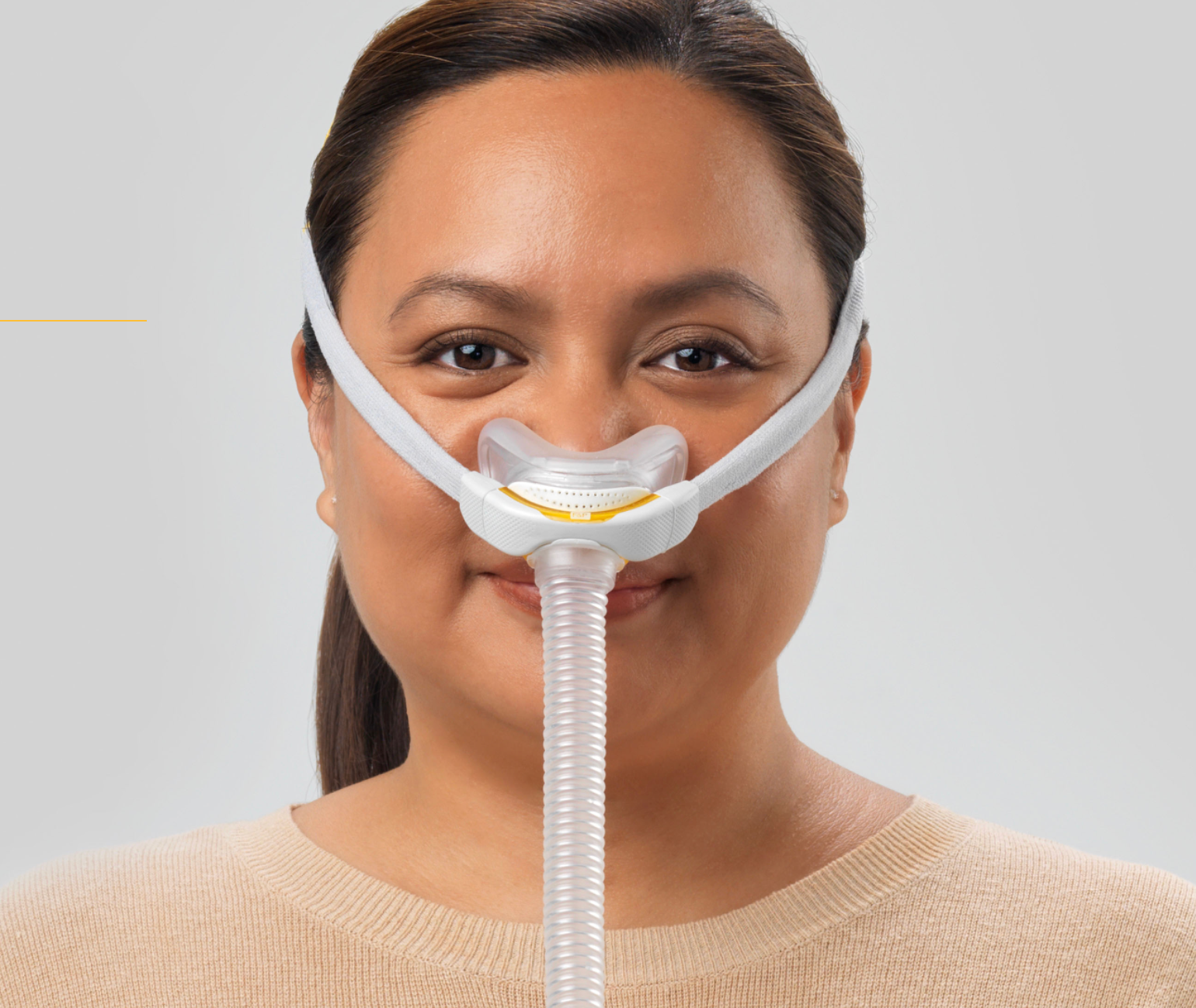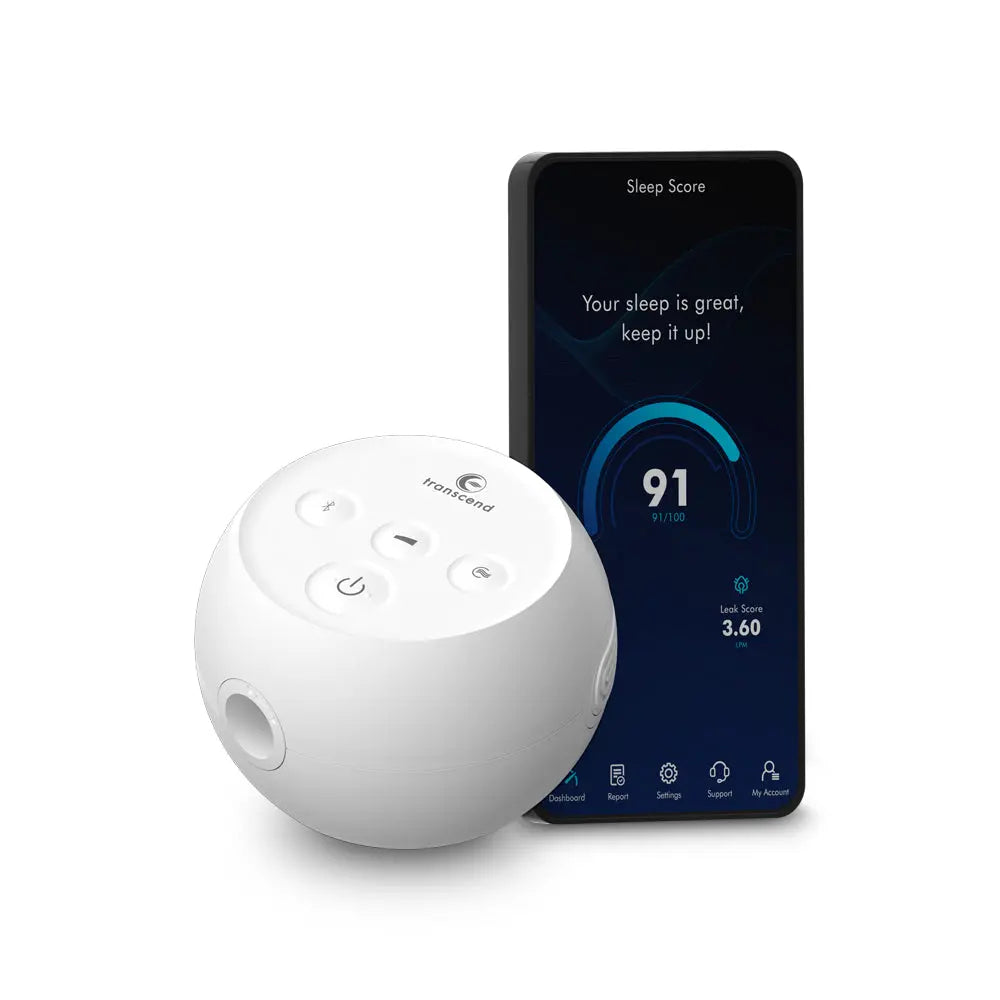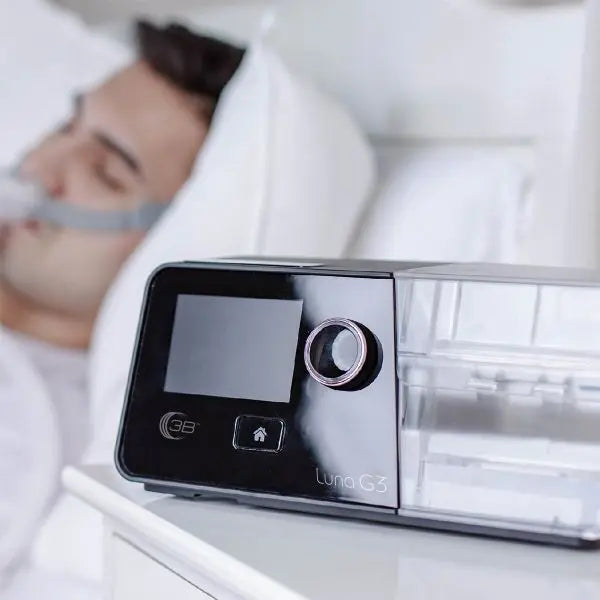The Evolution of ResMed CPAP Machines: From AirSense 10 to AirSense 11
Sleep apnea affects millions of people worldwide, disrupting sleep and leading to serious health issues like hypertension and fatigue. For decades, Continuous Positive Airway Pressure (CPAP) therapy has been the gold standard for treatment, and ResMed has consistently set the bar high with their innovative machines. Today, we’re taking a deep dive into the evolution of two of their most popular models: the ResMed AirSense 10 and its successor, the AirSense 11. These devices represent a leap forward in sleep technology, offering users better comfort, smarter features, and improved therapy outcomes. Let’s explore how ResMed has refined their craft and what this means for your sleep health.
The ResMed AirSense 10, first released in 2014, quickly became a favorite among CPAP users. This machine introduced a sleek design with a front-facing LCD screen and a built-in HumidAir humidifier to prevent dryness during therapy. One of its standout features was the AutoSet algorithm, which adjusts air pressure automatically based on breathing patterns throughout the night. This was a game-changer for people who needed varying pressure levels, such as those who shift positions or experience seasonal allergies. The AirSense 10 also featured SmartStart technology, allowing the machine to power on with a single breath and shut off when the mask was removed. Add in the optional ClimateLineAir heated tubing to reduce condensation, and you had a reliable, user-friendly device that balanced performance with affordability.
Fast forward to 2021, and ResMed unveiled the AirSense 11, building on the foundation of the AirSense 10 while introducing next-level enhancements. The most noticeable upgrade is the touchscreen interface, replacing the dial-and-click system of its predecessor. This makes navigation intuitive, even for first-time CPAP users. The AirSense 11 retains the AutoSet functionality but refines it with an advanced algorithm that includes an “AutoSet for Her” mode, tailored to breathing patterns often seen in women with sleep apnea. New users also benefit from the Personal Therapy Assistant, a voice-guided feature accessible via the myAir app, which walks you through setup and troubleshooting. The Care Check-In system adds another layer of support, offering personalized tips based on your therapy data.
Physically, the AirSense 11 is lighter and quieter than the AirSense 10, with a noise level hovering around 27 decibels—about the sound of a whisper. The integrated humidifier remains, but it’s been streamlined for easier cleaning and maintenance. Wireless connectivity has also been upgraded, allowing seamless data syncing to the myAir app for daily sleep reports. These reports track metrics like usage hours, mask seal quality, and apnea events, empowering users to take control of their therapy. For healthcare providers, the AirView system lets them monitor progress remotely, making adjustments without an office visit.
So, what’s the difference in real-world impact? The AirSense 10 is still a solid choice for those seeking a proven, cost-effective machine. It’s quieter than many competitors and delivers consistent therapy with features that prioritize comfort. However, the AirSense 11 takes it further with its modern design and tech-savvy additions. It’s particularly ideal for beginners who need guidance or tech enthusiasts who love data-driven insights. Both machines keep airways open effectively, but the AirSense 11’s refinements—like the touchscreen and enhanced app integration—make it feel like a personal sleep coach.
Choosing between the two depends on your needs and budget. The AirSense 10 remains widely available and often comes bundled with accessories like heated tubing at a lower price point. The AirSense 11, while pricier, offers a premium experience that could justify the investment if you value cutting-edge features. Whichever you choose, ResMed’s commitment to improving sleep shines through, ensuring you wake up refreshed and ready to tackle the day.
Bibliography:
- ResMed. AirSense 11 CPAP device for sleep apnea. ResMed.com. Published October 24, 2024. Accessed April 7, 2025. https://www.resmed.com/en-us/sleep-apnea/cpap-devices/airsense-11/
- Sleep Foundation. Best CPAP Machines of 2025: Expert-Tested and Reviewed. SleepFoundation.org. Published September 3, 2024. Accessed April 7, 2025. https://www.sleepfoundation.org/best-cpap-machines
- CPAP.com. Best CPAP Machines of 2024 - Reviewed by Our CPAP Experts. CPAP.com. Published March 20, 2025. Accessed April 7, 2025. https://www.cpap.com/cpap-machines








Leave a comment
This site is protected by hCaptcha and the hCaptcha Privacy Policy and Terms of Service apply.